With a diverse range of spectacular natural habitats spread across more than 4 million hectares of coastal, wetland, forest, alpine, desert and marine parks, it’s no wonder Victoria has a reputation as one of the best destinations in the world for birdwatching.
Australia has over 800 species of birds and more than half of them can be found in Victoria. Birdwatchers from all over the world are taking advantage of Victoria’s immense diversity and easy accessibility to watch for bird species in different ecosystems. With many locations easily reached from Melbourne, it’s not unusual for birdwatchers to see 100 or more unique bird species within a week as they tour the state.
Many iconic Australian birds such as the Emu, Sulphur Crested Cockatoo, Crimson Rosella, Laughing Kookaburras and the Superb Fairy-wren are viewable year round in many locations throughout Victoria and cannot be seen in the wild anywhere outside of Australia.
Read our top tips for places to birdwatch below.
Due to recent weather events, a number of parks and sites are closed due to damage. Be sure to check the and individual park pages before heading out.
The Mallee
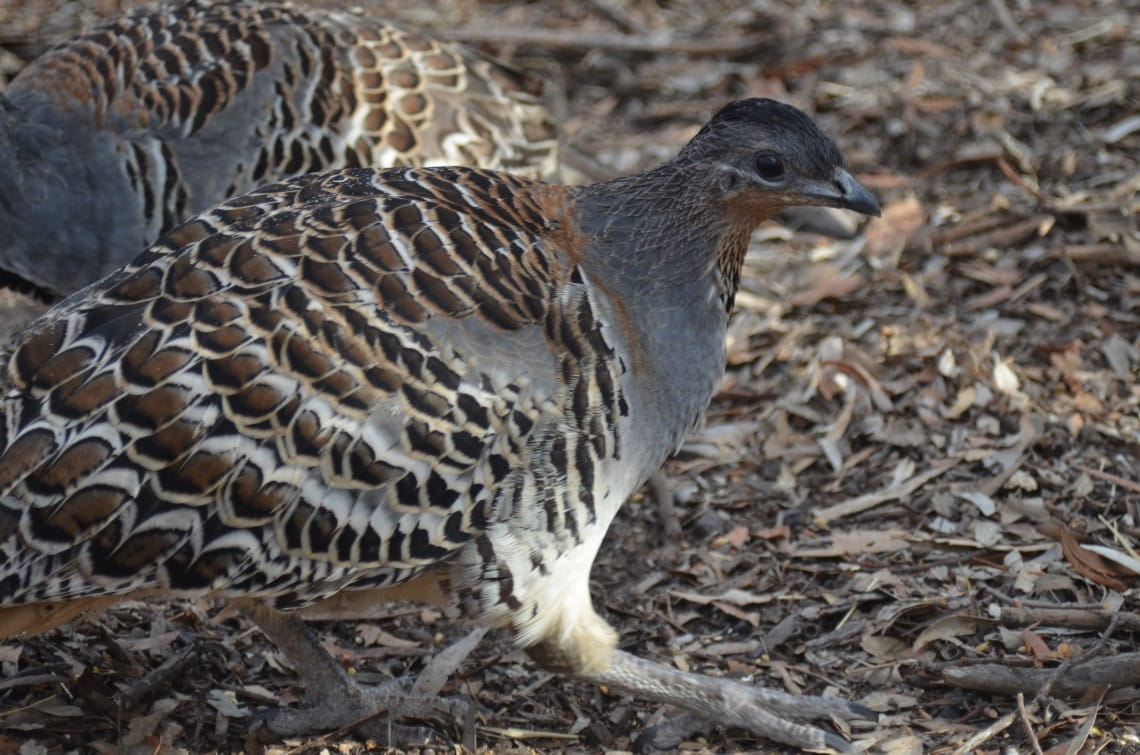
The Malleefowl photographed in Little Desert ³Ô¹ÏÍøÕ¾ Park
Completely flat and very low-lying, the Mallee takes its name from a small, multi-stemmed eucalypt. The blanket of sandy soil which characterises the landscape has created a gentle scenery that hides a diverse ecosystem.
Spring is the best time of year to visit desert habitat Mallee parks such as , and where amazing parrot species can be seen including the Mallee Ringneck, Mulga Parrot, Regent Parrot, Major Mitchell’s Cockatoo and the difficult to find Black-eared Miner.
Mallee parks are also home to Malleefowl, the only megapode in the world that has adapted to an arid environment.
Gippsland Lakes
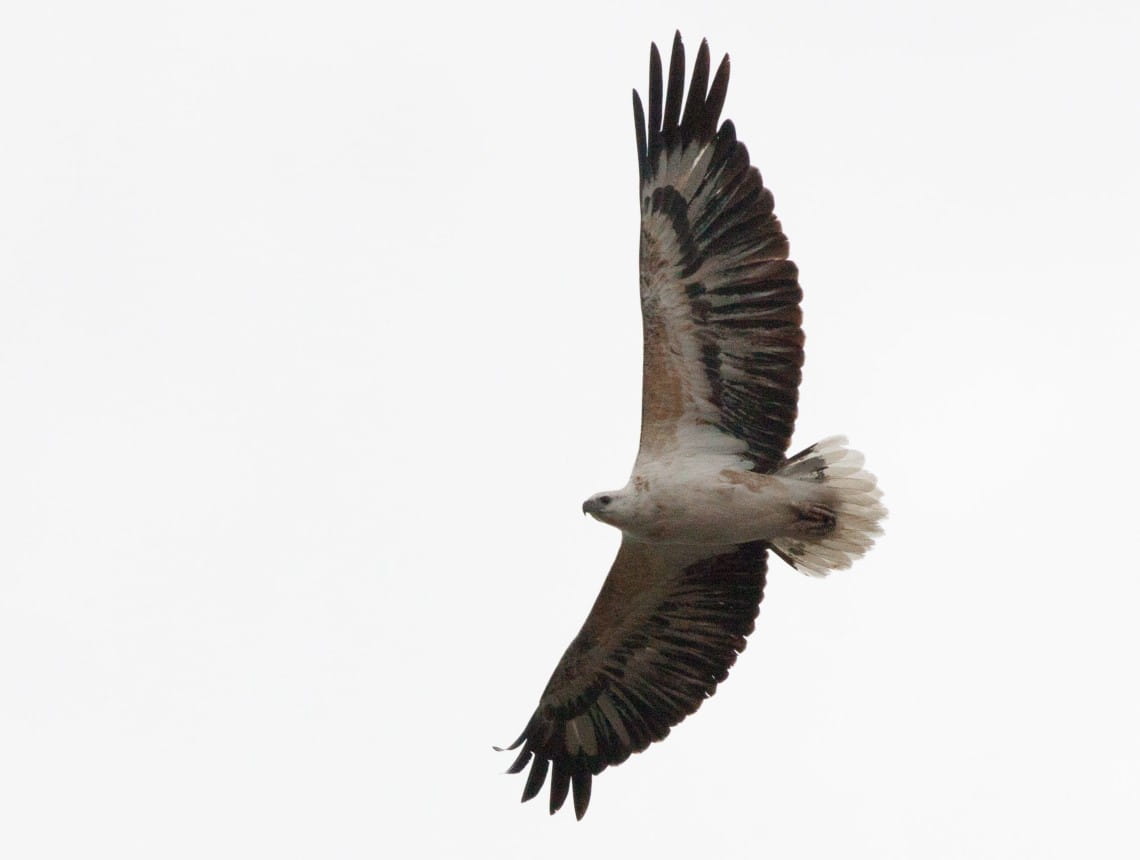
A young Sea Eagle soaring through the skies in Gippsland Lakes. Photo credit: Museum Victoria
The tranquil Gippsland Lakes are a system of coastal lagoons separated from the Tasman Sea by the dunes of Ninety Mile Beach. Seven rivers terminate at the lakes creating a spectacular series of freshwater wetlands which provide habitat for over 20,000 waterbirds some travelling from as far as Siberia and Alaska.
One of Victoria’s many wetland highlights is the which forms part of the Bataluk Cultural Trail. It boasts over 300ha of Ramsar listed freshwater wetland, a large network of trails and boardwalks with an extensive variety of birdlife, insects and amphibians. Be on the lookout for Whistling Kite, Swamp Harrier, White-bellied Sea Eagle, Spoonbills, Herons, Coots, Swans, Cormorants, Ibis and numerous migratory birds.
Dandenong Ranges, Yarra Valley and surrounds
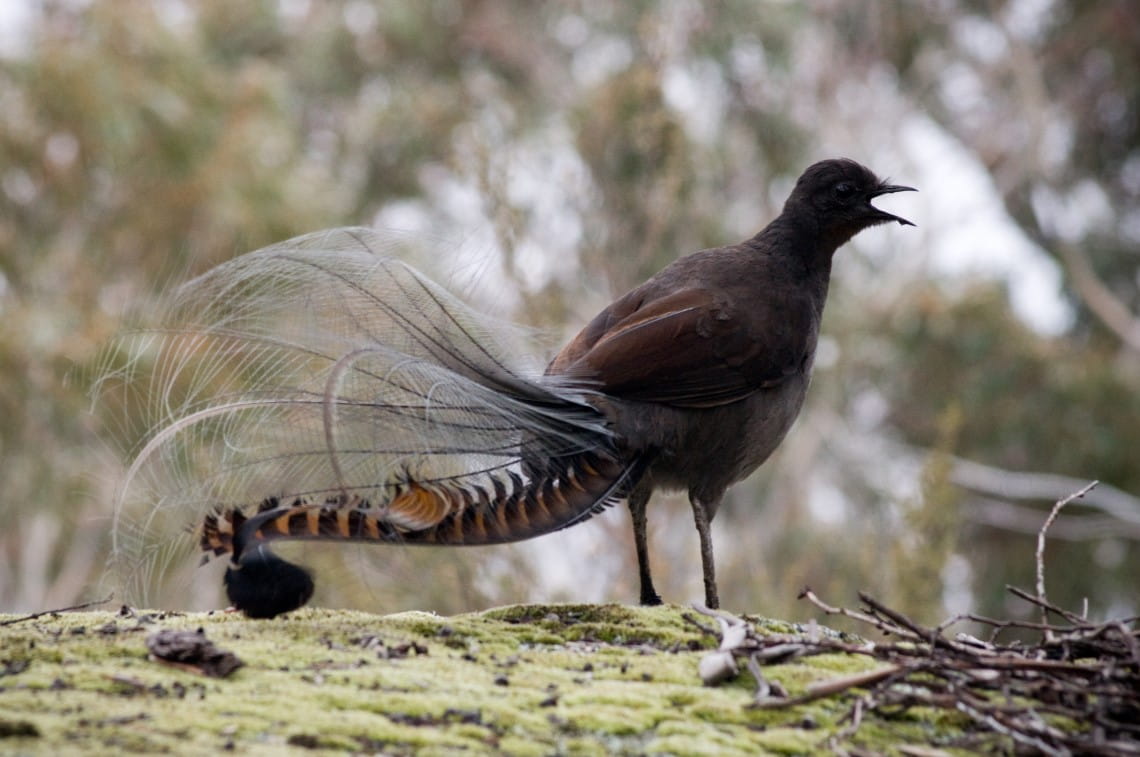
Superb lyrebirds are known to be remarkable mimics able to replicate sounds. Photo credit: Parks Victoria
Cradling the Yarra River headwaters and much of Melbourne’s water catchment the Yarra Valley is a mosaic of green, from heathland on river plains to Mountain Ash forest covering steep slopes on the nearby ranges.
Birds such as the Australian Superb Lyrebird, one of the world’s largest songbirds and renowned for its elegant tail feathers, prefer wet forest habitats including those of the Yarra Valley. Visit , or to try and catch a glimpse of this greatest of all mimics. These parks are also popular for other wet forest birds such as the Yellow Tailed Black Cockatoo, Gang Gang Cockatoo, Pink Robin, Pilotbird, Powerful Owl, Sooty Owl and Bassian Thrush.
Point Cook Coastal Park & Cheetham Wetlands
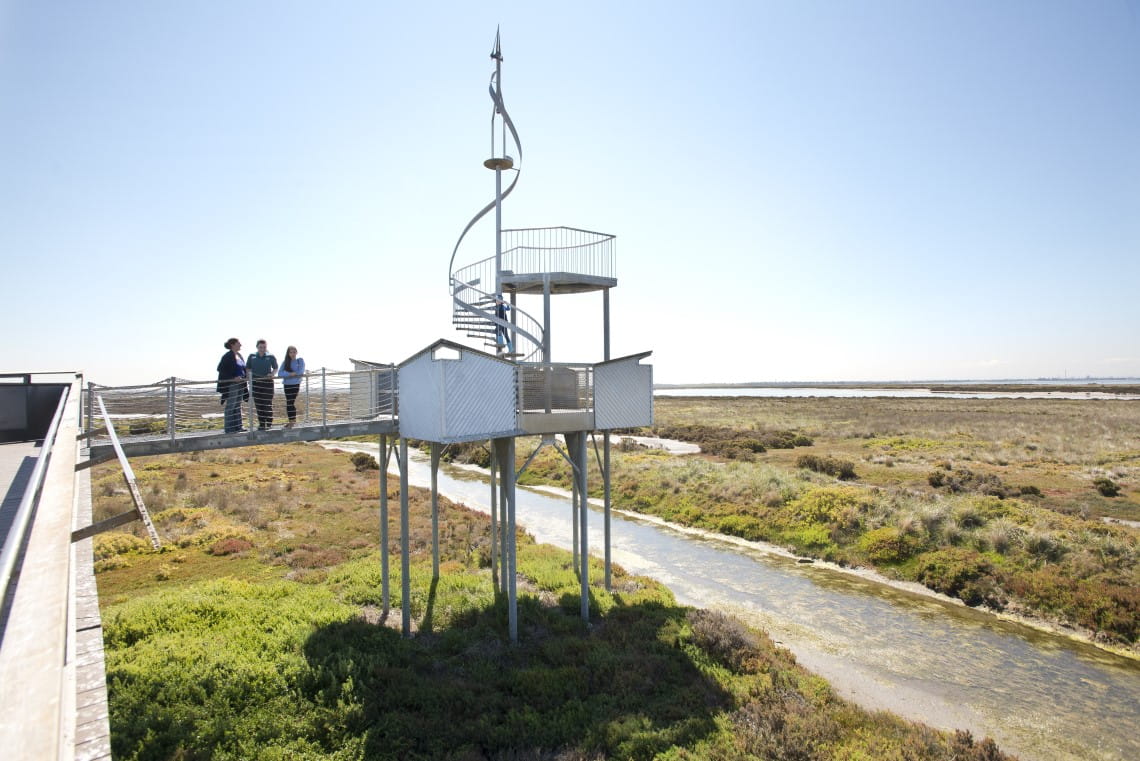
The Tower located at Cheetham Wetlands was designed with the concept of bird migration in mind.
Tucked away in a quiet little suburban corner of Melbourne, over 200 different bird species have been spotted in and neighbouring Cheetham Wetlands, where birds travel from places as far away as Siberia.
Bird hides in Point Cook Coastal Park offer prime positions for watching Red Necked Stints, Double Banded Plovers, Curlew Sandpipers, Common Terns critically endangered Yellow Sedge-Skippers and Orange-bellied Parrots. As a former saltworks, Cheetham Wetlands is the perfect habitat and is internationally recognised as a RAMSAR wetland due to the significance it plays in the lives of international migratory birds.
At the southern end of Cheetham Wetlands stands The Tower: A Monument to Migration and Aspirations. Artist Bill Kelly used the theme of bird migration as a symbol for human migration in the design of the Tower which provides an elevated birdwatching lookout and impressive views of Port Phillip and the city.
Upper Murray and Northern Victoria
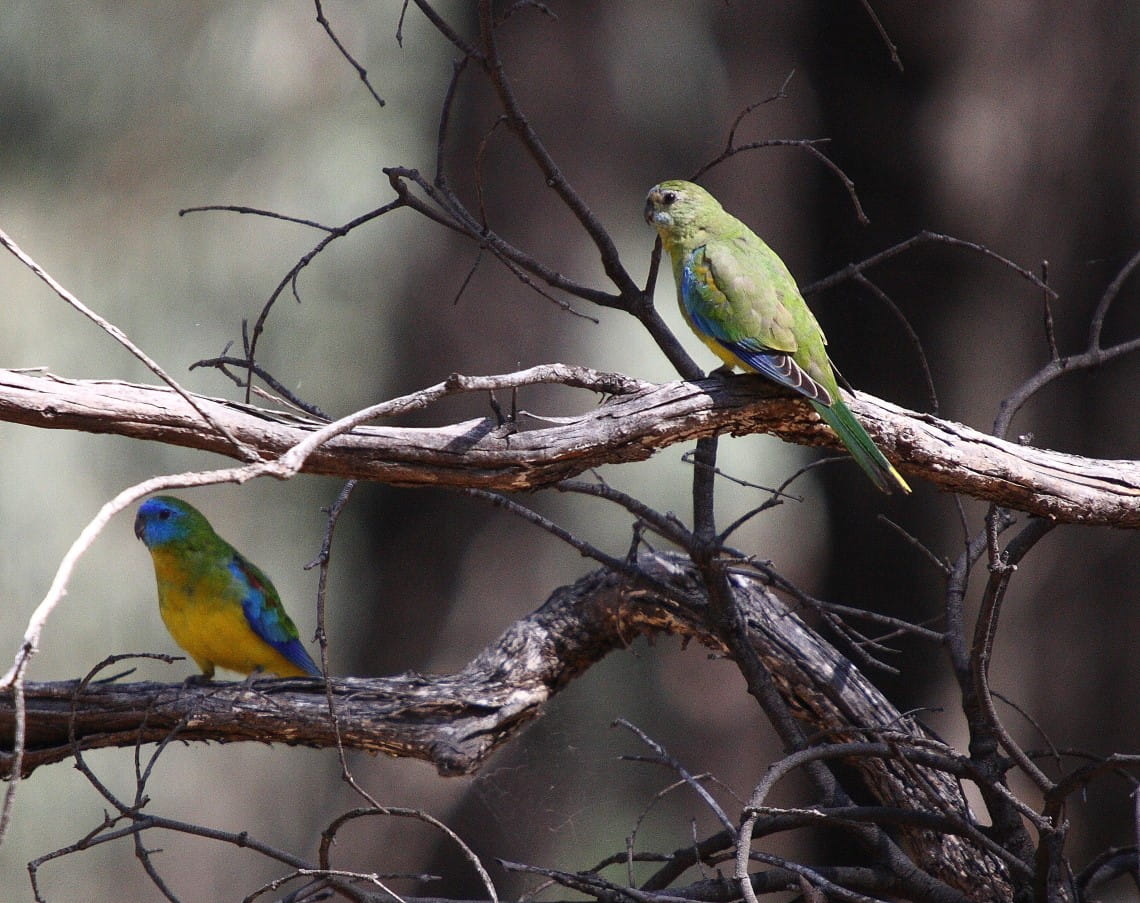
The colourful Turquoise Parrot photographed at Killawarra Forest in Warby-Ovens ³Ô¹ÏÍøÕ¾ Park
The headwaters of the Murray River flow through the Australian Alps to Corowa across varied and diverse terrain. The upper reaches of the Murray extend through rugged, timbered, hill and mountain country to the alpine grasslands of the Snowy Mountains. The forests and waterways of the Upper Murray create some of the best birdwatching opportunities in the country.
Victoria’s Box-Ironbark forests are home to the Red-capped Robin, Turquoise Parrot and Swift Parrot which are best viewed in Winter or Spring in and . The more experienced birdwatcher will relish the challenge of spotting a Regent Honeyeater, Specked Warbler or even a Diamond Firetail.






